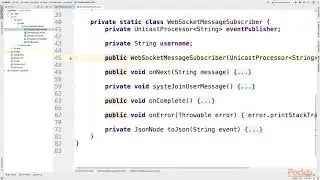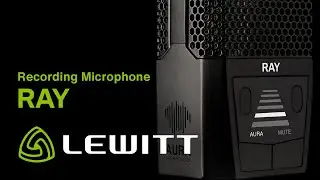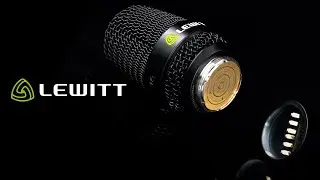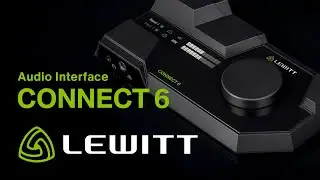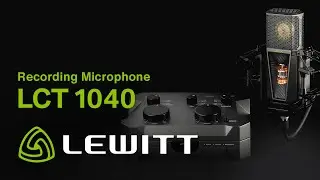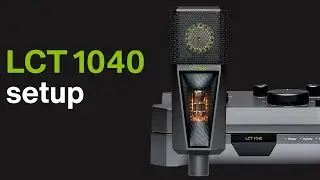What is a microphone polar pattern?
The most common polar pattern for microphones is the cardioid polar pattern.
In this video, we will learn how polar patterns work and explain how you can use them to improve your recordings. The most common one is the cardioid polar pattern
When I used to go to audio engineering school, polar patterns were one of my favorite topics. And over the last couple of years in my profession, I have been able to constantly improve my recordings because I really took my time to understand what they mean.
▶︎In this video, we'll explain◀︎
• Different polar patterns
• Their pros and cons
• The proximity effect
▶︎Chapters◀︎
00:00 - Intro
00:27 - What is a polar pattern?
00:48 - Cardioid
02:28 - Supercardioid
03:11 - Figure - 8
03:41 - Omnidirectional
04:25 - Personal story
04:36 - Outro
🤔 Is there anything you want us to cover in the future? Please let us know in the comment section.
For more info, visit the blog: https://www.lewitt-audio.com/blog/pol...
▶︎About LEWITT◀︎
LEWITT is a microphone manufacturer based in Vienna, Austria. We believe that great sound is for everyone, whether you're recording at home, on stage, or in the studio as a beginner or professional.
To make sure that nothing limits your performance on the technical side, we're here to push microphone technology forward. For us, it is key that our microphones help you to accomplish your ambitions easily and with better sound than ever before.
You can get to know us better on our website: https://www.lewitt-audio.com/
▶︎Microphones featured in this video◀︎
LCT 640 TS
https://lewitt.link/yt-lct-640-ts

